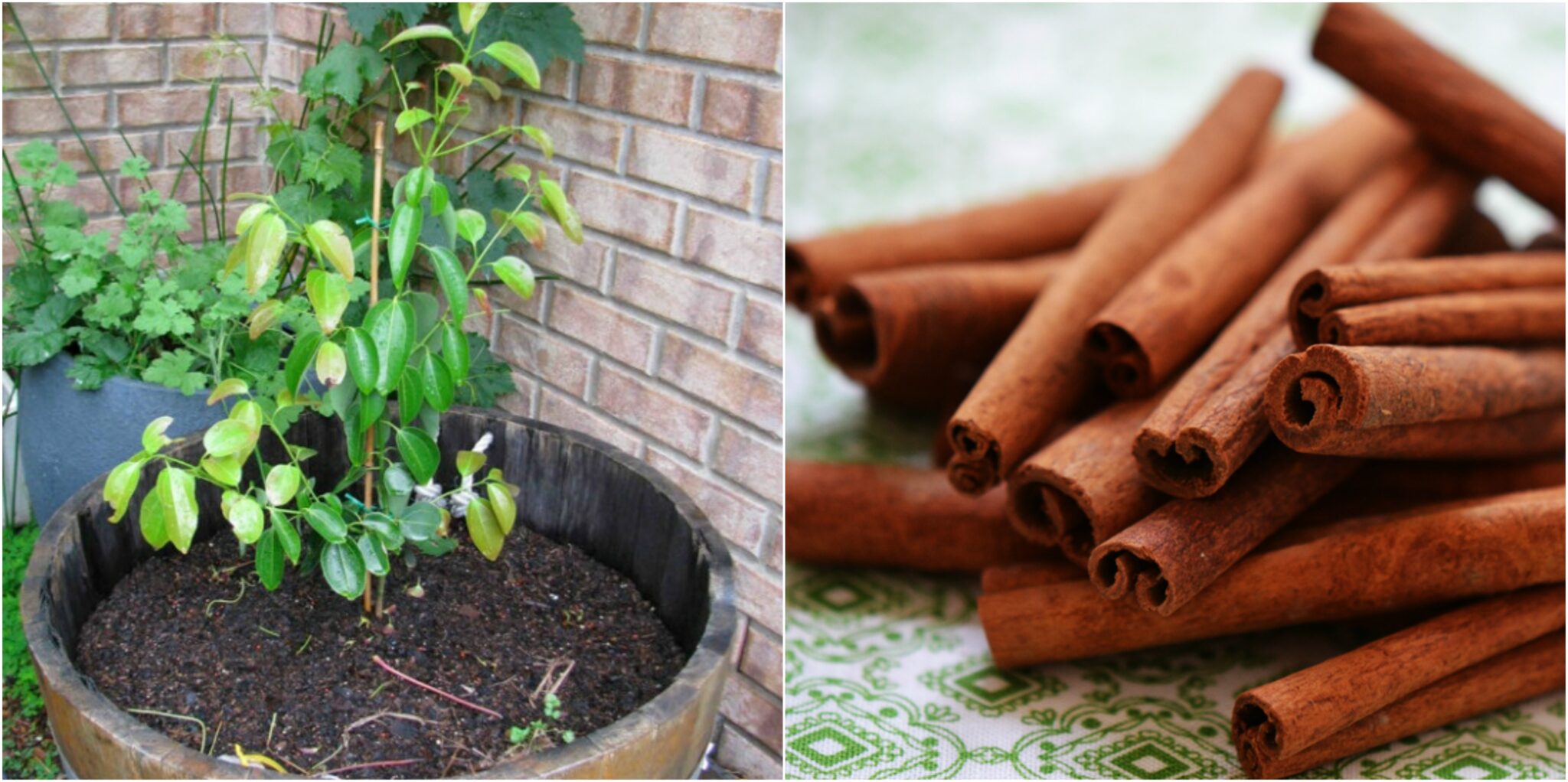Growing a cinnamon tree at home is a rewarding and aromatic experience. By cultivating this tropical evergreen, you can harvest your own cinnamon sticks and enjoy fresh spice year-round. Below is a comprehensive guide on how to grow a cinnamon tree at home.
Understanding the Cinnamon Tree
Cinnamon trees (Cinnamomum verum) are tropical evergreens native to Sri Lanka and India. They thrive in humid, warm climates and are often grown in USDA hardiness zones 9-11. However, with proper care, you can also grow them indoors in cooler climates. The two main types of cinnamon are Ceylon cinnamon (Cinnamomum verum), known for its sweeter flavor, and Cassia cinnamon (Cinnamomum cassia), which has a stronger, spicier flavor.

Choosing the Right Variety
- Ceylon Cinnamon is generally preferred for its delicate and sweet flavor.
- Cassia Cinnamon is more common and less expensive but has a harsher taste.
Getting Started: Seed or Sapling?
You can either start a cinnamon tree from seeds or buy a young sapling from a nursery. Saplings tend to be easier to grow because they have a higher success rate than seeds, which can be more challenging to germinate.
Potting the Cinnamon Tree
- Container Selection: Choose a large pot with good drainage to allow for proper root growth.
- Soil: Use well-draining soil enriched with organic matter like compost. A mix of potting soil and perlite or sand works well.
- Planting Depth: Plant the sapling or germinated seeds in the pot at the same depth they were originally growing, ensuring the root system is well-covered with soil.
Ideal Growing Conditions
- Light: Cinnamon trees require full sun or bright indirect light. If growing indoors, place the tree near a sunny window or supplement natural light with grow lights.
- Temperature & Humidity: Maintain temperatures between 70°F and 85°F (21°C – 29°C). Cinnamon trees are tropical and thrive in high humidity (around 60-80%). You can use a humidifier or mist the leaves regularly to maintain this environment.
- Watering: Keep the soil consistently moist, but avoid waterlogging. Cinnamon trees need well-drained soil to prevent root rot. Water when the top inch of soil feels dry, but ensure the pot has drainage holes to allow excess water to escape.
Care and Maintenance
- Pruning: Regular pruning is necessary to maintain the tree’s shape and encourage healthy growth. For indoor trees, pruning helps to control the size and ensures the tree doesn’t become too leggy.
- Fertilizing: Use a balanced, slow-release fertilizer every 2-3 months to provide essential nutrients. Organic fertilizers are preferable as they release nutrients slowly.
- Pest Control: Keep an eye out for common pests like aphids and spider mites. Organic pest control methods, such as neem oil, are effective for managing pest problems.
Harvesting Cinnamon
- Time to Harvest: Cinnamon is harvested from the inner bark of the tree, and it typically takes about 2-3 years for a cinnamon tree to mature enough for harvesting. The bark should be thick and mature.
- Harvesting Process: Carefully peel off the outer layer of bark. Then, scrape the inner bark, which will curl into quills as it dries.
- Drying the Bark: Lay the scraped bark in a warm, well-ventilated area to dry. The inner bark will naturally curl into cinnamon sticks (or quills) as it dries.
Tips for Success
- If you’re growing the tree indoors, ensure it receives plenty of light and maintains the right humidity. If sunlight is insufficient, use grow lights.
- Cinnamon trees can be grown in large pots, which allows you to move them indoors during cooler months.
- Be patient, as cinnamon trees take time to grow and reach a harvestable size.
Conclusion
Growing a cinnamon tree at home requires patience, attention to detail, and the right growing conditions, but it’s a rewarding experience. By following these guidelines, you can successfully grow a cinnamon tree and harvest your own cinnamon for culinary use. This aromatic addition to your home garden will not only enhance your dishes but also provide an interesting plant to care for. Happy gardening!
